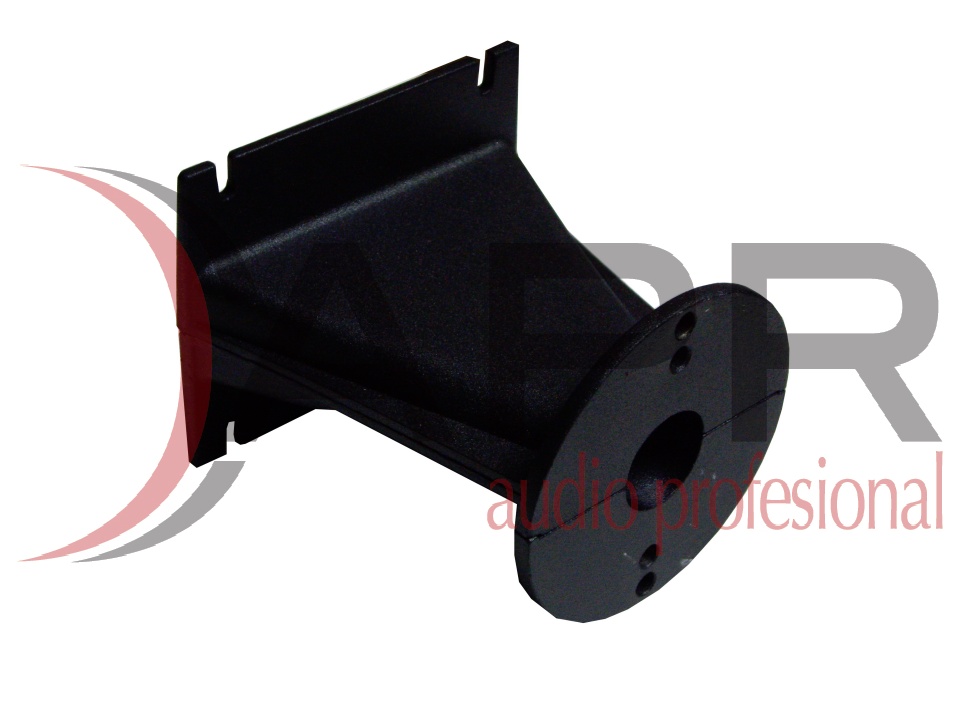

A big part of successful screenplay formatting (and writing) is learning to be clear and persuasive within the pre-set industry format of a script.
Slugline title page full#
Pay close attention to the sparseness of what’s on the page versus the full sensory experience of what’s on the screen. Read big action scripts and broad comedies. Read scripts written by writer-directors like Christopher Nolan. Read writers other writers idolize like Charlie Kaufman. Reading screenplays is the best way to learn script formatting. READ SCREENPLAYS: It’s the Best Way to Learn This covers the basics, continue here to learn writing efficiently using Arc Studio Pro’s superior editing tools. Transitions are occasionally necessary but they can also infringe on the director’s concept. Common examples include FADE IN: and CUT TO. They’re right-aligned cues that provide special instructions for moving between scenes. Directors generally don’t like to be told such things, so stay clear of them initially.
Slugline title page how to#
Shots tell the director how to film a certain piece of information, e.g. Let the actors act.įAMOUS ACTOR (under his breath) Newbie writers and their damned parentheticals. Avoid using them unless they are vital to the story. They can be used to introduce a subtitled section or specific instructions about line delivery. Parentheticals are instructions related to character and dialogue. When you’re just starting out, you can safely ignore parentheticals, shots, and transitions for a while.

PARENTHETICALS, SHOTS and TRANSITIONS: The Danger Zone of Screenplay Formatting There are hundreds of books on the subject but here’s a quick bit of advice: write it all and edit mercilessly. Good dialogue can be the difference between an average screenplay and a great one. DIALOGUE: Remember the Screen Time!ĭialogue formatting is a non-factor thanks to user-friendly screenwriting programs.Įverything else comes down to the art of dialogue writing. You can add (O.S.) if the character is off-screen at the moment of introduction or (V.O.) if the dialogue will be introduced as a voice-over.
Slugline title page professional#
You’ll be using a professional screenwriting program so no need to worry about margins and spacing, that will all be automated. The character speaking is listed in all caps with dialogue immediately following. More info in this article: Action lines – what can they accomplish? CHARACTER: Who Is Speaking? Keep the reader wrapped up in what’s unfolding. Action sections are typically in 3-4 line blocks. Every writer introduces their own sense of originality but be careful not to let your prose get in the way of pacing. Often a tic or personality detail is more impactful than superficial details. His age is simply “young” and we aren’t given any details about his physical features. Tarantino helps the reader visualize the scene by mentioning the character’s accent and penchant for cigarettes. Characters are initially introduced in ALL CAPS.You can check out this article to understand how other tenses can be used. Action is always written in the PRESENT TENSE.

The Young Man has a slight working-class English accent and, like his fellow countryman, smokes cigarettes like they are going out of style. Two of these people are a YOUNG MAN and a YOUNG WOMAN. Here is how Tarantino introduces the characters: Introduce your characters, set the tone and avoid lengthy character profiles. What’s happening on screen that is the most important element to keep in mind. ACTION: A Concise Breakdown of What’s Happening On Screen If you want to learn more about formatting, check out our ultimate screenplay formatting guide here. Kill your adjectives and move on to the good stuff. A GRIMY OLD SCHOOL COFFEE SHOP - LATE MORNING Imagine how distracting it would be if he had added even a couple of adjectives. He wants the reader to absorb the setting at a glance because he knows that action and dialogue are where his story really comes to life. Tarantino is known for his chatty characters and love of detail but he keeps the scene heading as basic as possible. Notice the simplicity of the opening scene heading. (exterior) + name of location + time of day (vague) The scene shown above is the opening of Pulp Fiction. Scene headings are simple instructions: They tell the director and actors where the scene is set and the time of day. SCENE HEADINGS: Info without the ArtĮvery scene starts with a scene heading (or slugline). Stay tuned for all our tips and tricks to format your first screenplay or spec script. Opening scene of Pulp Fiction by Tarantino


 0 kommentar(er)
0 kommentar(er)
